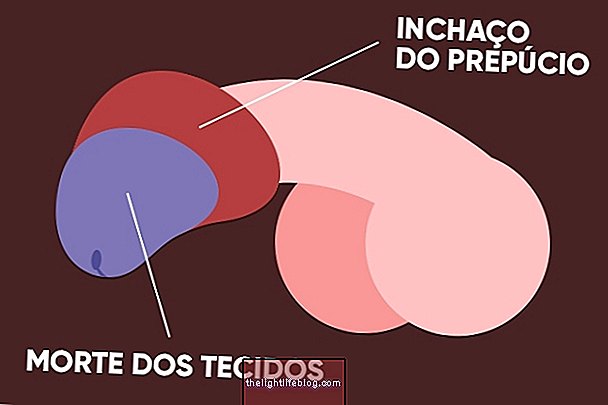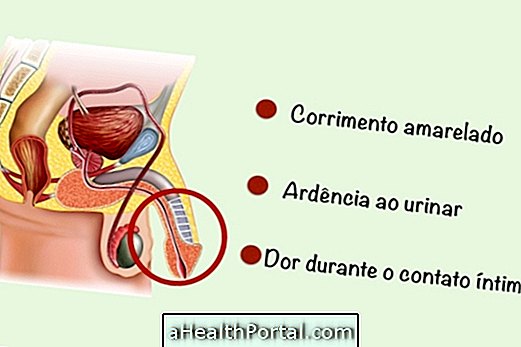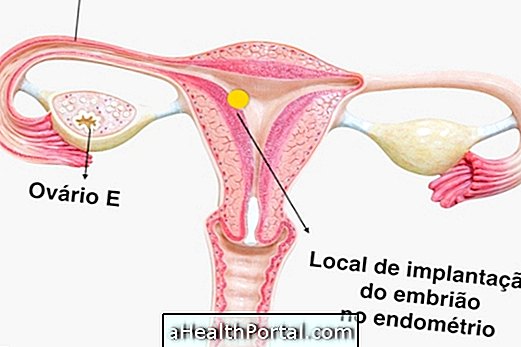Rectal examination of the prostate can be done by performing a blood test called PSA and pelvic ultrasonography, but these can leave doubts, delay the diagnosis and increase the risk of cancer only to be discovered at a later stage, with lower chances of cure.
Thus, the best exams for the diagnosis of early prostate CA are the PSA blood test and the rectal examination, which provide the most accurate data for the physician. These two exams complement each other and therefore should always be asked together.

How To Evaluate Prostate Without Rectal Touch
Rectal examination is not performed by many men because they feel it will de-characterize their masculinity. Therefore, some tests that can be done to evaluate the prostate without rectal touch, although they are not the most indicated, are:
1. PSA blood test
PSA, also called Benign Prostatic Antigen, is an enzyme produced by the prostate and found in high concentrations in the blood in the case of prostate cancer, for example.
This test is done by collecting a sample of blood that must be sent to the laboratory for testing so that the levels of PSA in the blood are checked.
A PSA test with values greater than 4 ng / ml may indicate some changes in the prostate, such as prostatitis, benign prostatic hyperplasia, or even a suspected cancer, so if your doctor finds it necessary after PSA, you can order further blood tests. prostate, helping in medical diagnosis. Here's how to understand the result of the PSA exam.
Only the result of the PSA can leave doubts, and therefore, this examination should be done soon after the rectal touch, because this way the doctor can evaluate the size and the consistency of the prostate.
2. Male Pelvic Ultrasonography
Male pelvic ultrasound, via the abdominal route, is an imaging exam that aims to visualize in real time any organ, such as the prostate gland.
To perform pelvic ultrasound it is necessary to take about 10 glasses of water so that the bladder is full enough to allow visualization of the prostate. Pelvic ultrasound lasts on average 10 minutes and may identify some abnormalities of the prostate, such as its increase, its shape and the presence of calcifications.
However, male pelvic ultrasound done through the abdomen does not detect prostate cancer, delaying the diagnosis of a disease that has a high chance of cure if detected early. Thus, this is not an examination usually indicated for early detection of prostate CA and does not clearly replace rectal examination.
When to take a prostate exam
The prostate exam, PSA + real touch, are indicated for all men aged 50 years, but when there is family history, the examination should be done from the age of 45, every year. However, when the patient has already had benign prostatic hyperplasia, the screening test should be done annually, regardless of age.



























